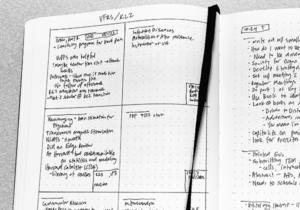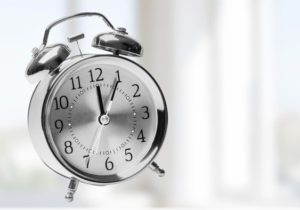Link: “Good” Hard vs. “Bad” Hard
When working in research, issues are bound to arise. That’s just the nature of the job and why there are often several trials—and many errors. However, some issues can be more detrimental than others and may be indicative of larger problems with the project, the research team, or the institution.
In Clio Andris and Lily A. Chylek’s Chronicle article “‘Good’ Hard vs. ‘Bad’ Hard,” the difference between a good problem and a bad problem while conducting research are explained in multiple common examples meant to give you a feel for what to look out for in your daily lab work.
For instance, a “good-hard” challenge might be that you have too much literature to read. While this can certainly feel daunting, it means that you have that much more to learn about your topic of research and have an opportunity to add substance and validity to your work.
However, a “bad-hard” challenge might be that you don’t feel like a valued part of your research team. This means not accepting dysfunction as a normal aspect as lab work and realizing when your peers and supervisors aren’t giving you your due respect as a valued contributor to the team and its successes.
This article contains enlightening advice on when to step back and examine one’s research work as “good” (or encouraging, exciting, and a normal part of research) or as “bad” (or harmful to one’s work, reputation, or sanity). Determining your work as “good or bad” hard could save you the headaches, heartaches, and misplaced energy that comes with working on something that’s truly not worth your precious time.






0 Comments